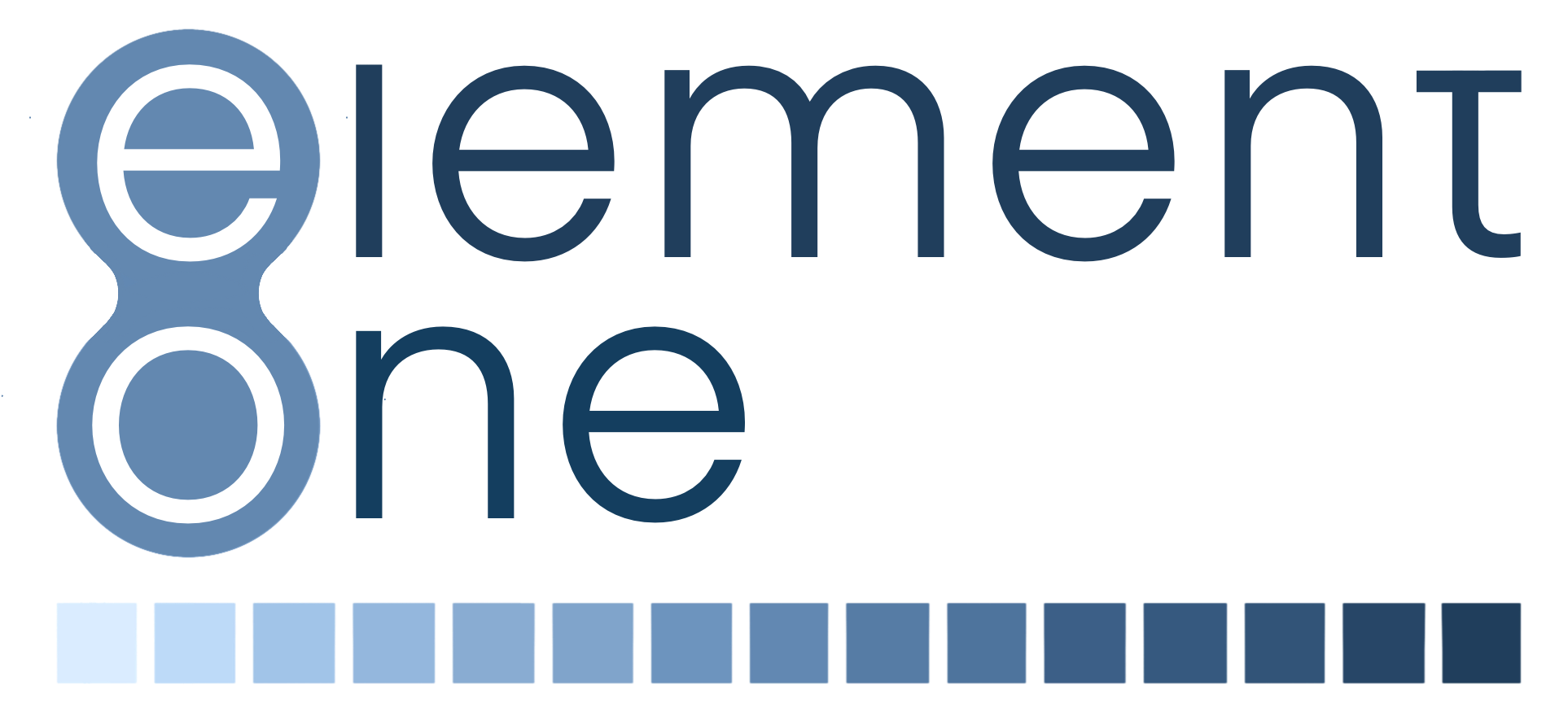Element One was incorporated in 2005 to begin Research and Development of products based on core patent technology from U.S. National Renewable Energy Laboratory (NREL). Element One entered into a collaborative agreement with NREL and continues to work in their Energy Systems Integration Facility (ESIF). Two additional patents have been subsequently developed as a result of research on thin film sensors for hydrogen leak detection.
Element One has developed chemochromic paints, tape, and other materials that change color in the presence of hydrogen. They have recently received a DOE SBIR to develop a low-cost hydrogen sensor network. Element One provides easy to use, low-cost sensors that can be widely deployed for easy monitoring and enhanced safety.
Hydrogen Detection Solutions Are Crucial
Very large quantities of hydrogen are safely used in industry today, but it’s hard to contain and difficult to detect leaks. Hydrogen is a very large industrial commodity with a growing market. “Hydrogen has grown by more than 300% since 1975 and continues to rise globally. By 2023, industrial demand for hydrogen is expected to grow to USD 199.1 billion” (Shaping Tomorrow’s Global Hydrogen Market, Baker McKenzie, 2020)
The introduction of hydrogen as a consumer fuel has caused heightened concerns over its safety with a corresponding increased interest in hydrogen sensors.

